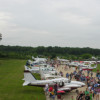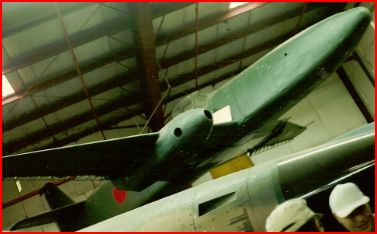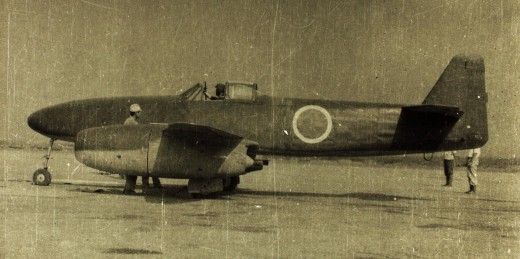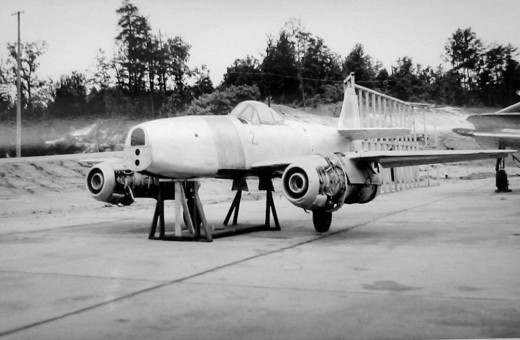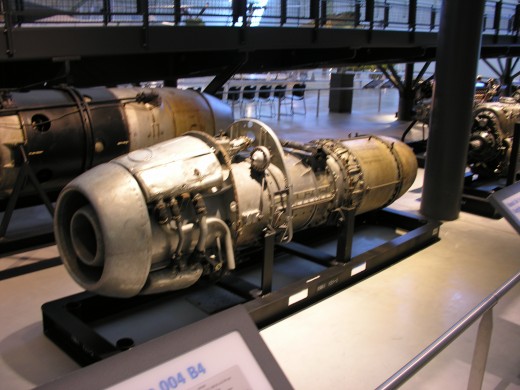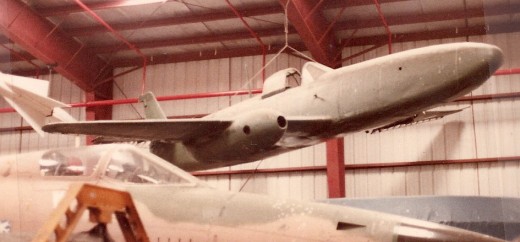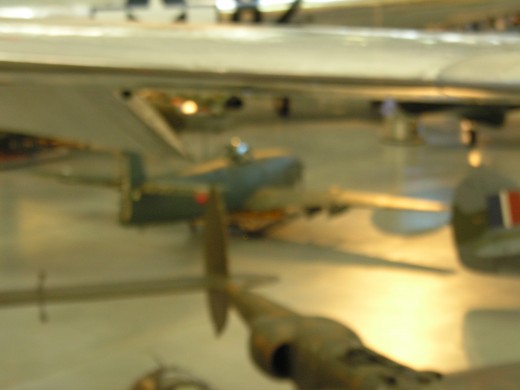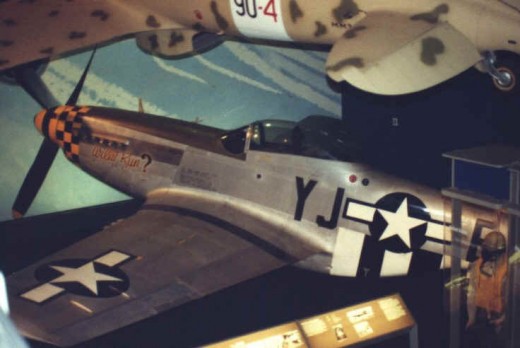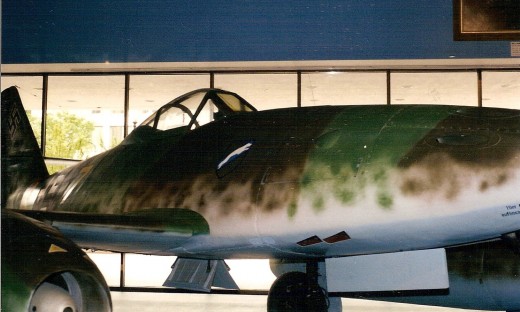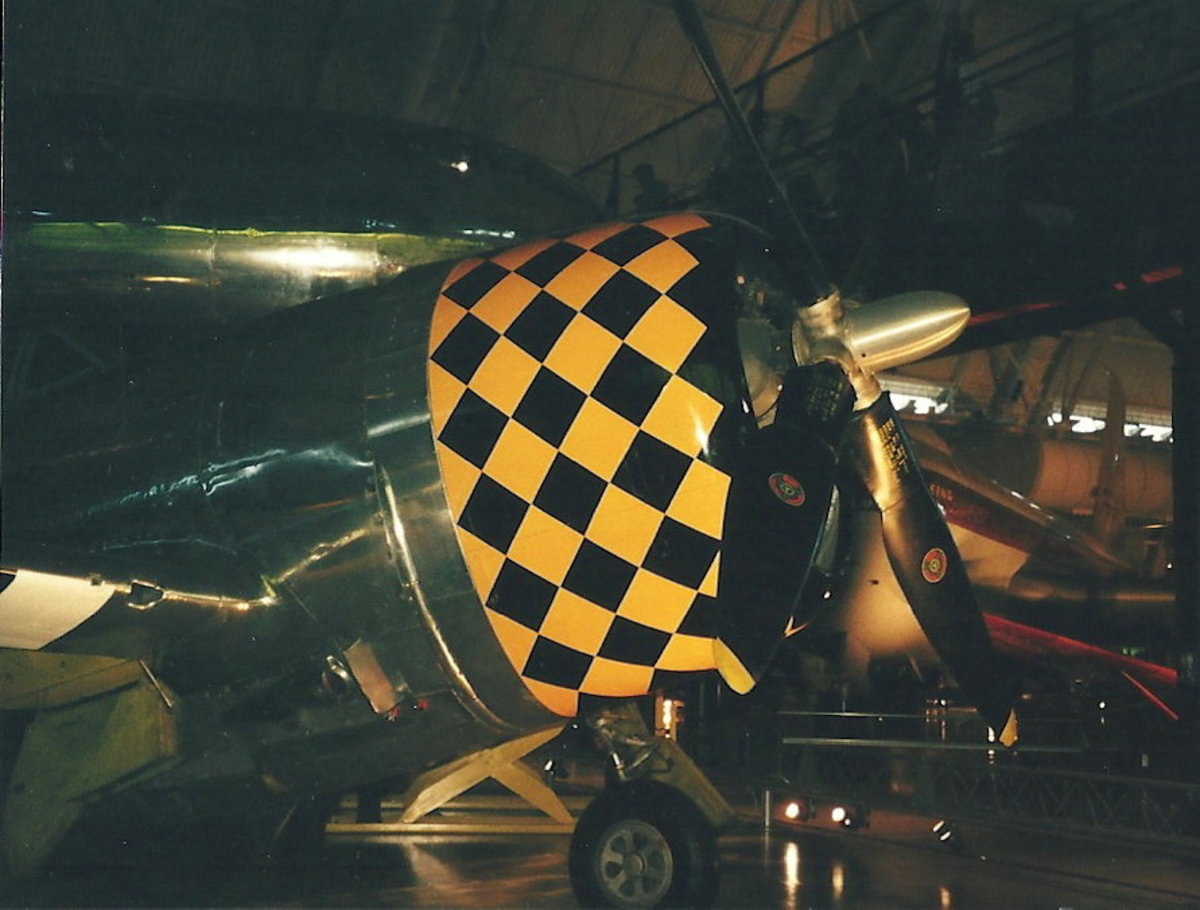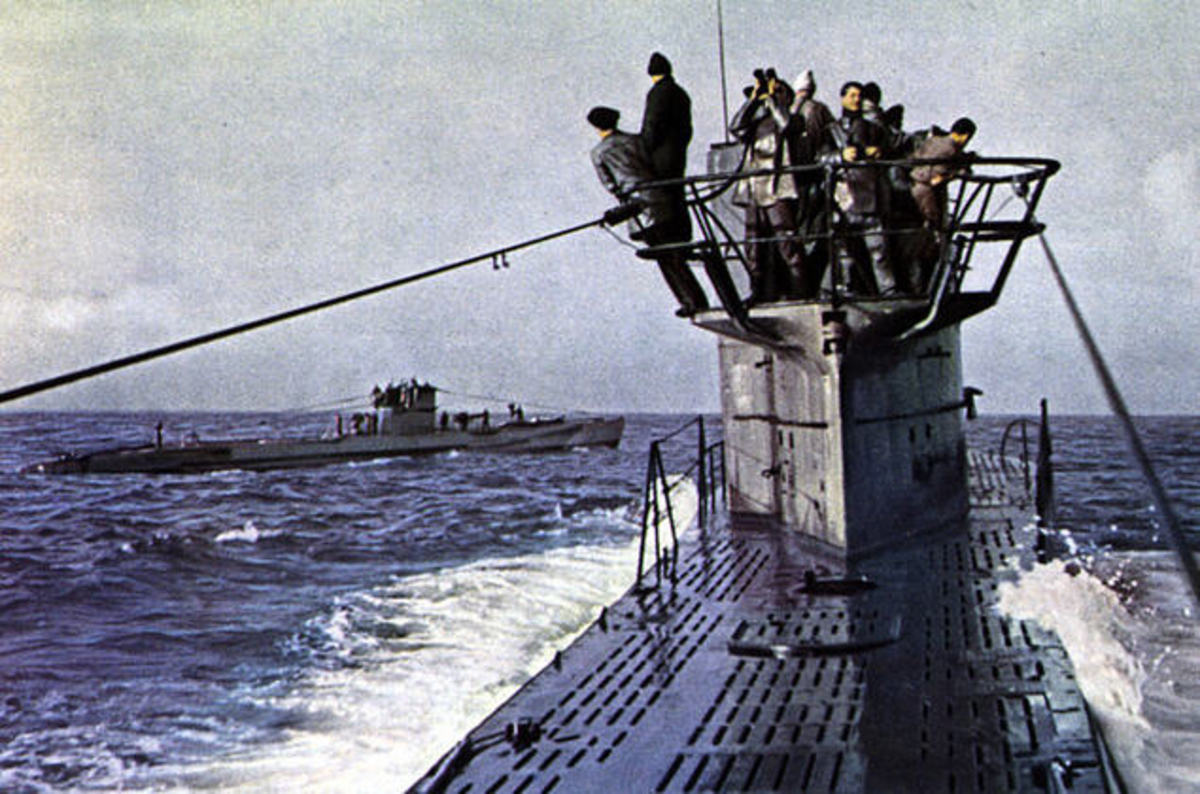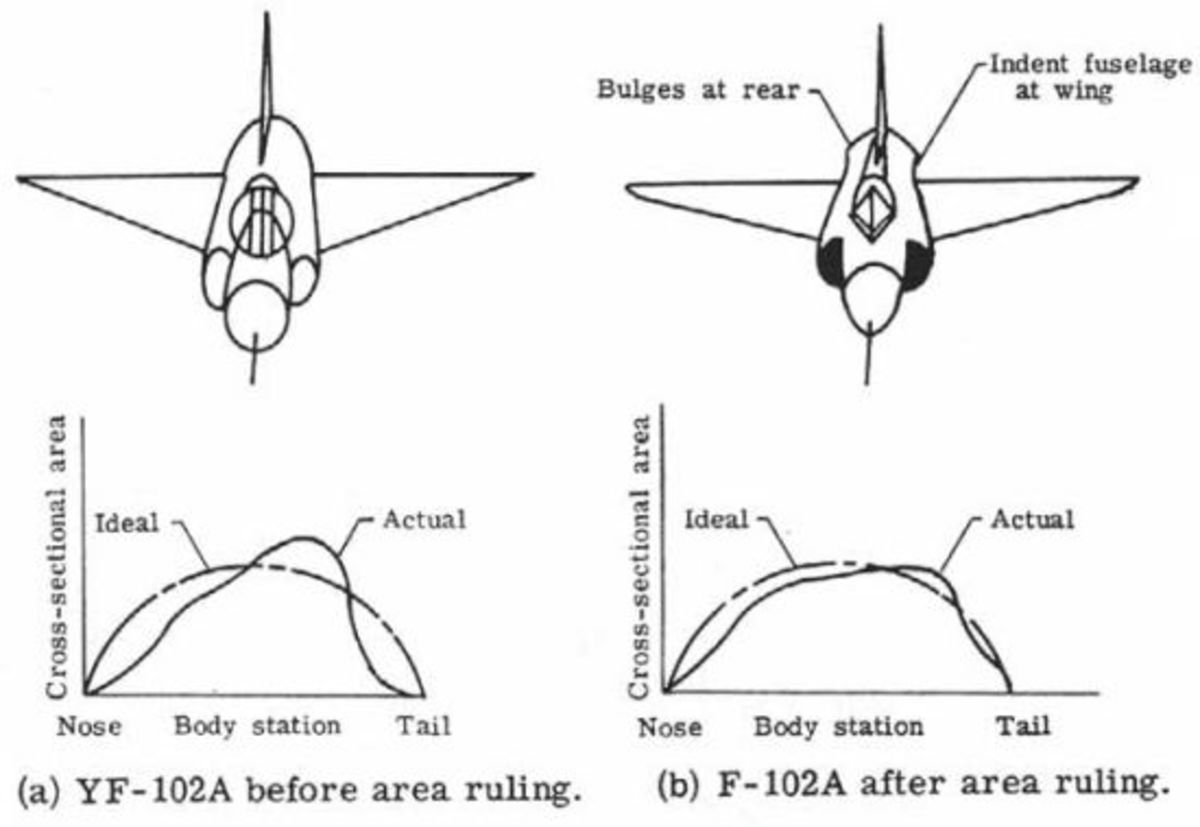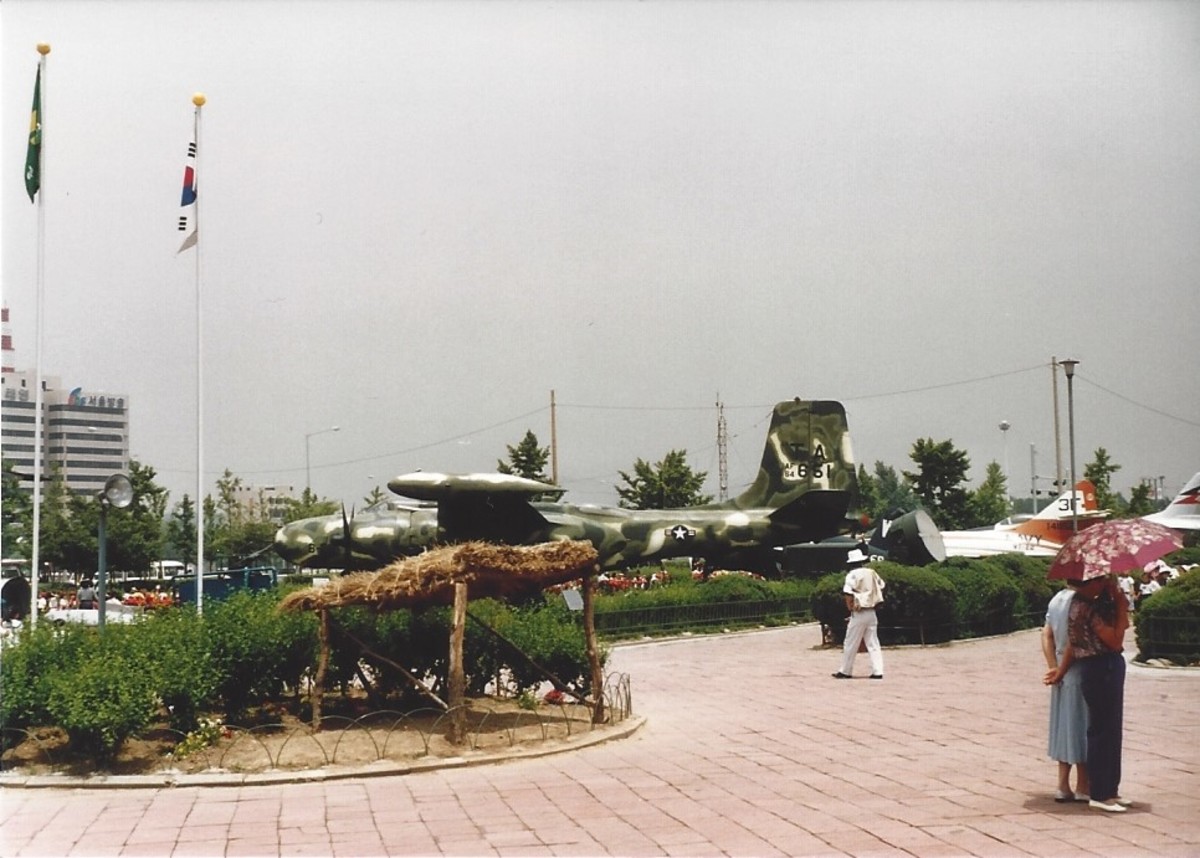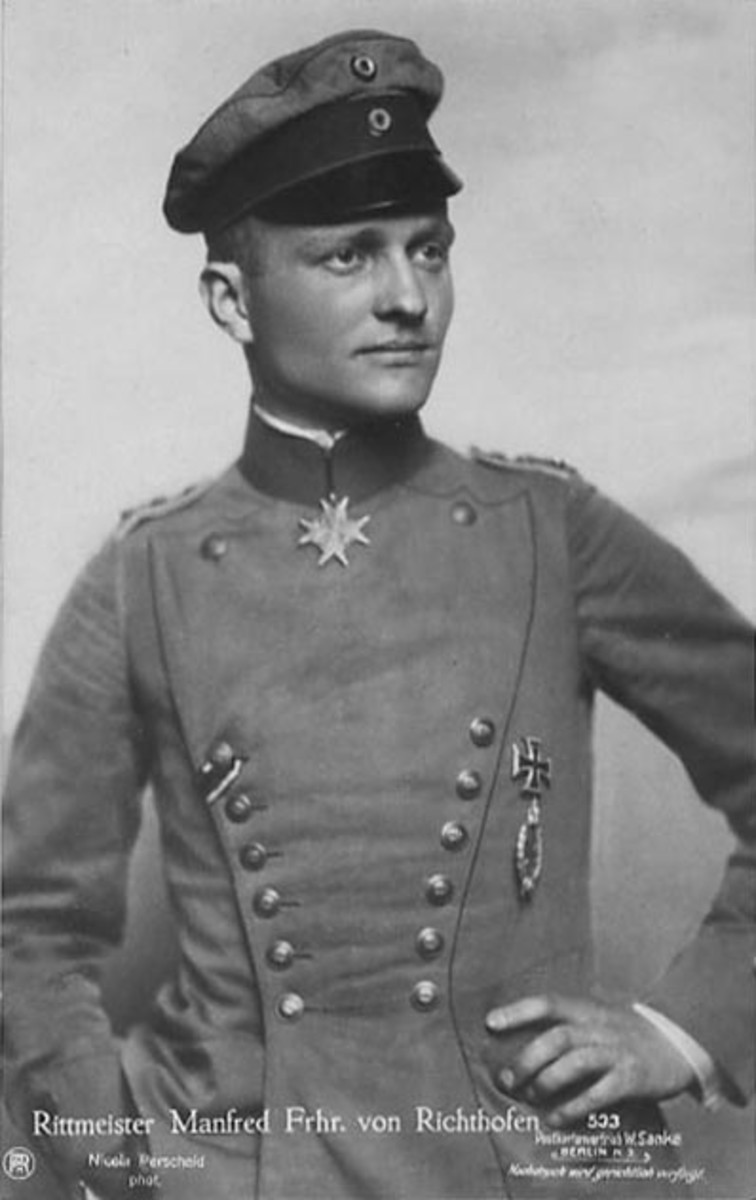- HubPages»
- Education and Science»
- History & Archaeology»
- Military History
The Nakajima Kikka at the Udvar-Hazy Center







The Nakajima Kikka
The National Air and Space Museum’s collection includes a Nakajima Kikka “Orange Blossom”. When Japanese military attaches in Germany witnessed Messerschmitt Me 262 test flights they informed the Japanese Naval Staff of the Me 262’s capabilities.[i] Nakajima received specifications for an aircraft based on the Me 262’s design for an aircraft with a top speed of 432 mph, a 127 mile range with a 500 kilogram bomb load, and 173 miles with a 250 kilogram bomb load.[ii]
Kazuo Ohno and Kenichi Matsumura designed the Kikka. The Kikka’s control surfaces are fabric covered. On August 7, 1945, the day after the atomic bombing of Hiroshima, the only air worthy Kikka made its first flight. Lieutenant Commander Susumu Takaoka piloted the aircraft. He attempted a second flight on August 11 but had to abort takeoff. The Kikka crashed into Tokyo Bay which caused damage to its landing gear. The ground crew caused the mishap by mounting the aircraft’s rocket assist engines at an incorrect angle.[iii] That was the last attempt to fly the Nakajima Kikka.
According to The National Air & Space Museum their Nikka was made for load testing rather than flight testing. The engine nacelles are too small for the Nikka’s Ne-20 engines.[iv] The museum housed their Nikka at the Paul E. Garber facility in Silver Hill, Maryland for decades. The Smithsonian housed in its Mary Baker Engen Restoration Hanger at the Udvar-Hazy Center.[v] It has been moved to the main hanger with the other World War II aircraft.
[i] Messerschmitt Me 262: Arrow to the Future, by Walter J. Boyne © 1980 Smithsonian Institution.
[ii] Nakajima J9Y1 Kikka by Francisco Carlos Soldán Alfaro(http://hsfeatures.com/kikkafs_1.htm)
[iii] National Air & Space Museum web site (http://airandspace.si.edu/collections/artifact.cfm?object=nasm_A19610121000)
[iv] National Air & Space Museum web site (http://airandspace.si.edu/collections/artifact.cfm?object=nasm_A19610121000)
[v] https://www.youtube.com/watch?v=dIdFo-TSNZkv


The Nikka’s Capabilities
The Nikka’s Capabilities
The Nikka’s top speed was comparable to a 1944 vintage piston engine fighter. It was about 30mph slower than the Allied 1945 vintage piston engine fighters. The P-51H had a top speed of 487 mph.[i] Despite the Nikka's smaller size its wing loading was comparable to the Me 262. The Nikka's mission was to be a fast attack bomber. This was to include suicide bombing missions.[ii]
The jet engines slung under the wings meant had better engines become available they could have been fitted to the Nikka without an airframe redesign. The state of Japanese jet engine development at the time made it unlikely they would have developed engines significantly better than the Ne-20 engines. It is also unlikely Japan could have deployed the aircraft in time for the Allied invasion scheduled to begin November 1, 1945.
[i] Fighting Mustang: The Chronicle of the P-51 by William N. Hess© 1970. Page170.
[ii] Hikoki: 1946 (http://j-aircraft.org/xplanes/hikoki_files/kikka.html)
Nikka Comparison
Me 262
| Nikka
| P-51D
| |
|---|---|---|---|
Static Thrust or Horsepower
| 3,960lb Static Thrust
| 3,528lb Static Trust
| 1,695hp
|
Loaded Weight
| 14,101lb
| 8,710lb
| 10,100lb
|
Max Speed
| 540mph
| 432mph
| 437mph
|
Rate of Climb
| 3,937'/min
| 1,237'/min
| 3,475'/min
|
Wing Loading
| 60'/sq.ft.
| 61'/sq.ft.
| 43'/ft.sq.
|
Range
| 526miles
| 1,105miles
| 2,080miles
|
Armament
| 4x30mm cannons
| 2x30mm cannons
| 6x0.5" Machine Guns
|
Source for Me-262 & P-51D:
Luftwaffe Fighter Aces by Mike Spick (c) 1996
Source for Nikka: Wikipedia
© 2015 Robert Sacchi
